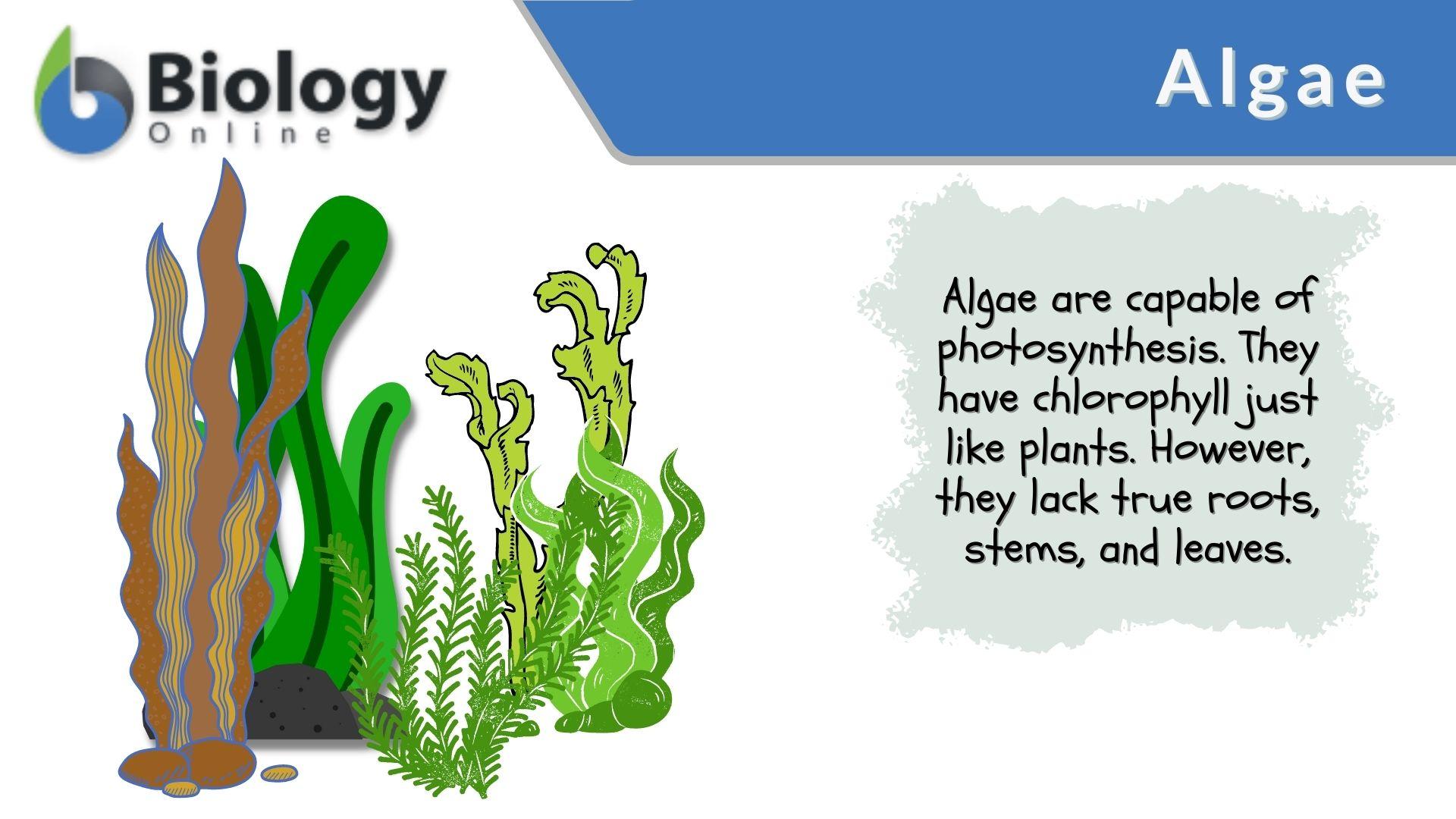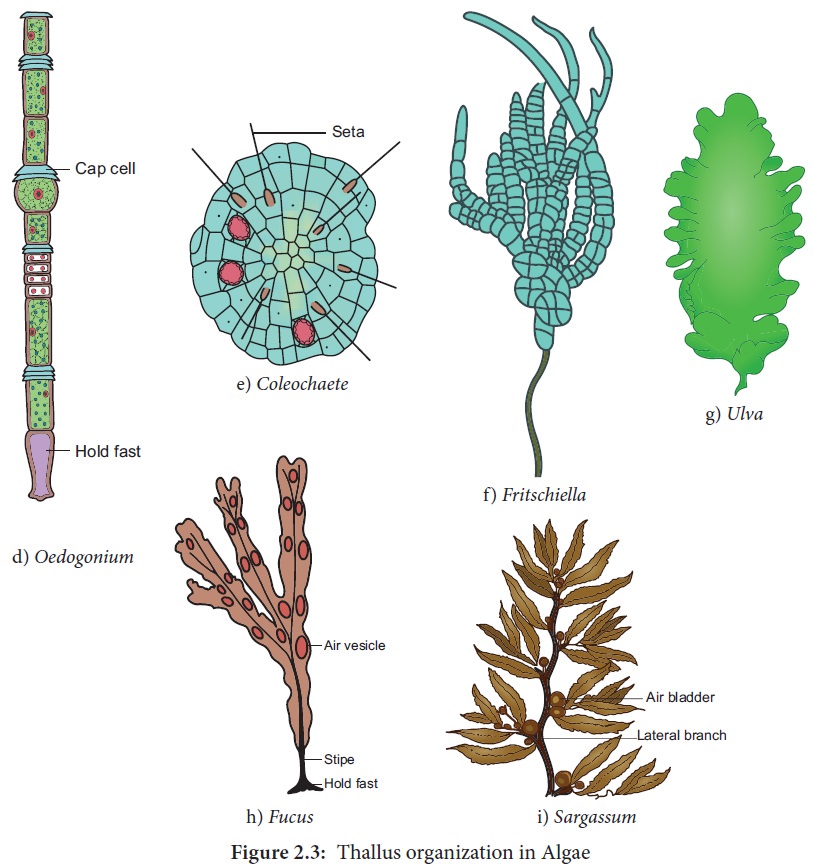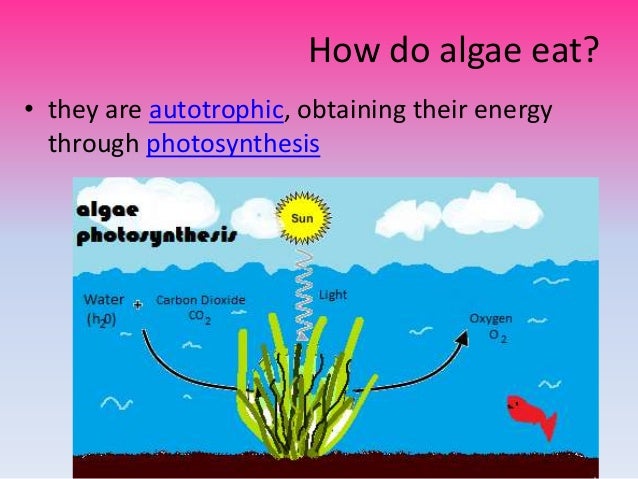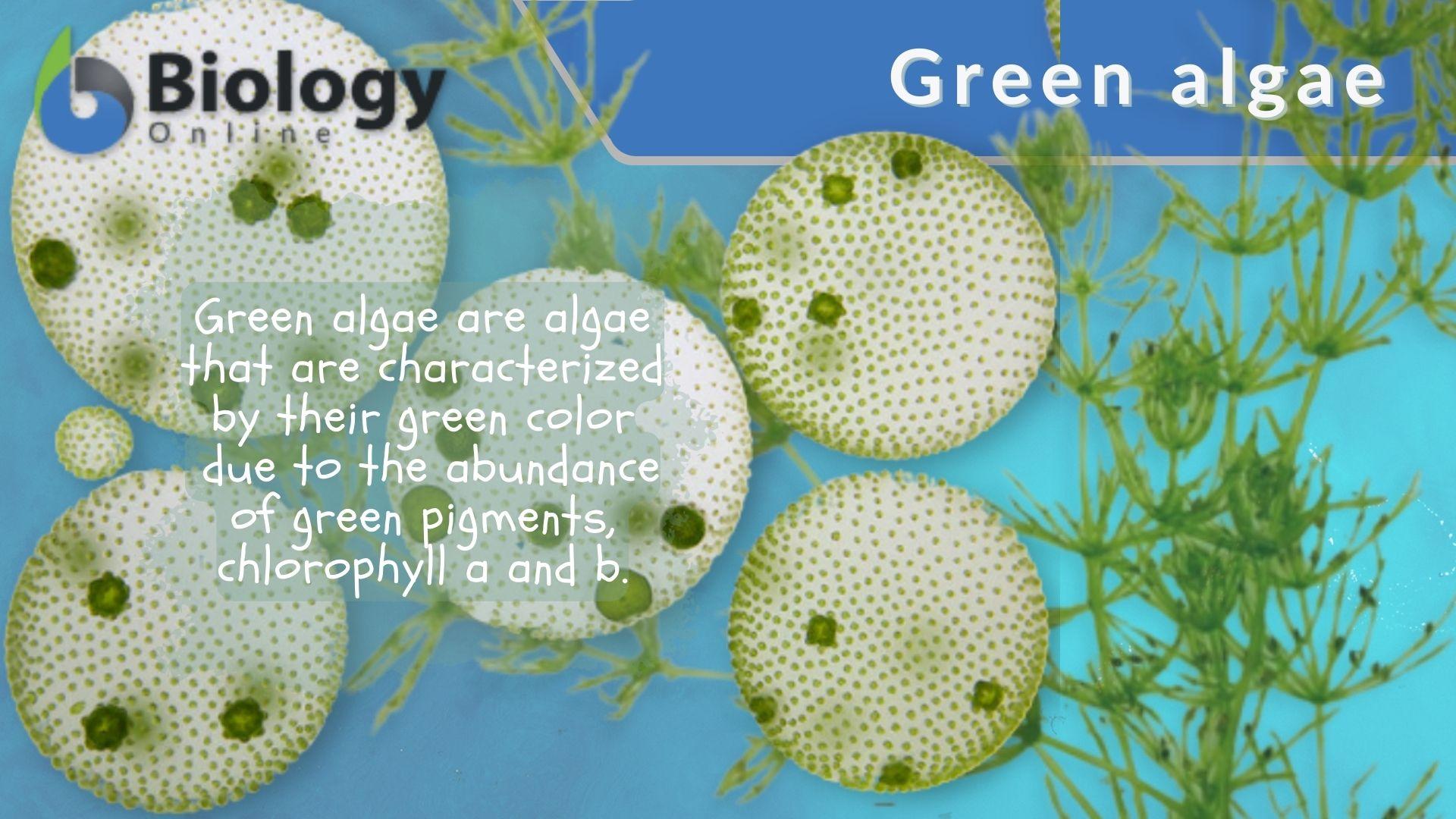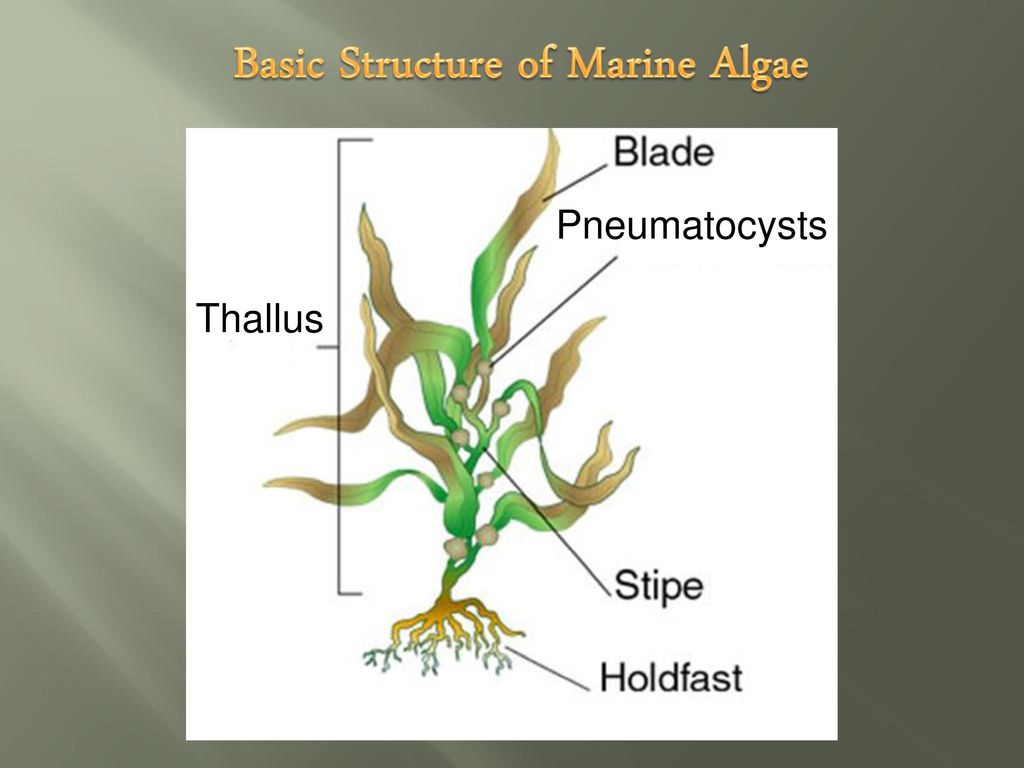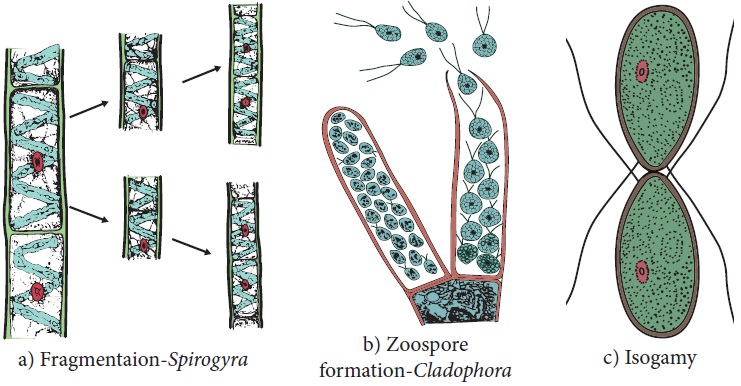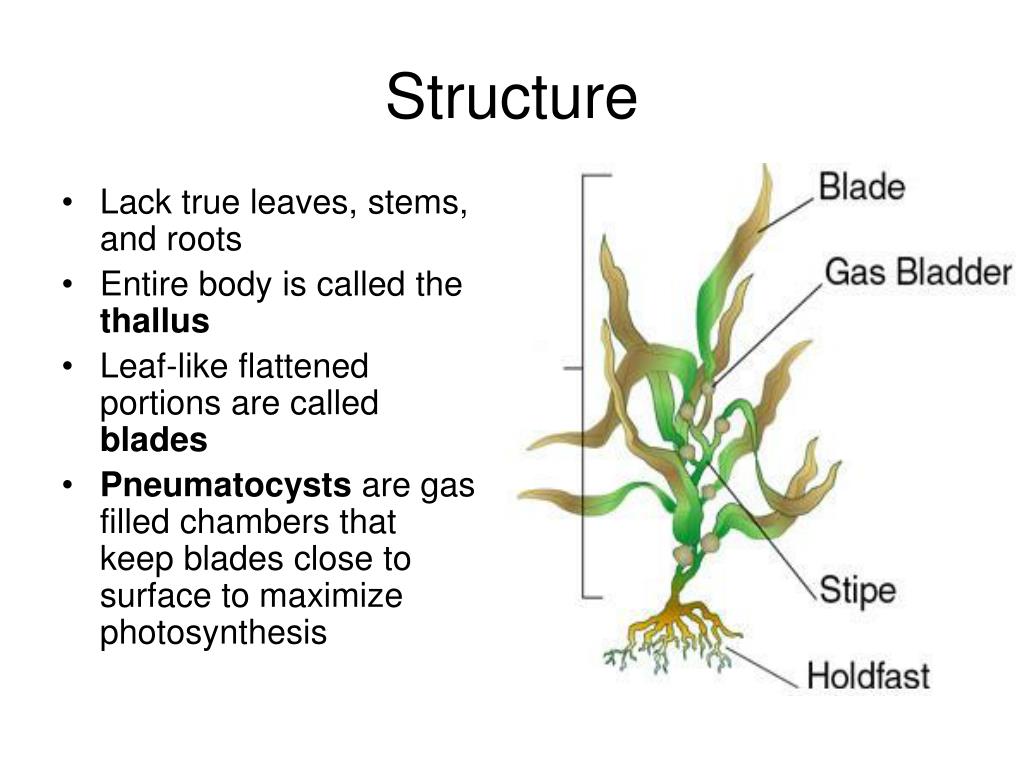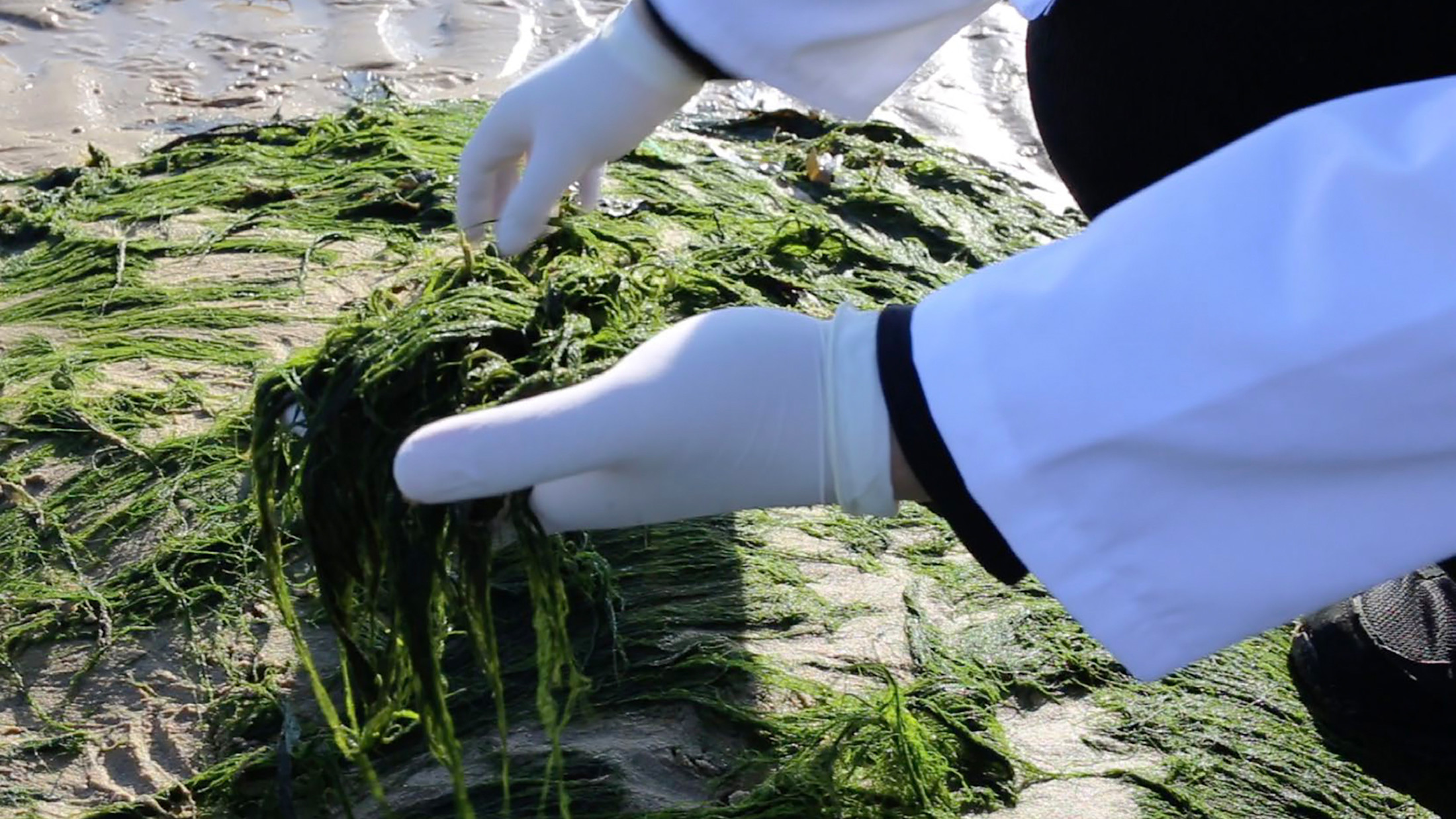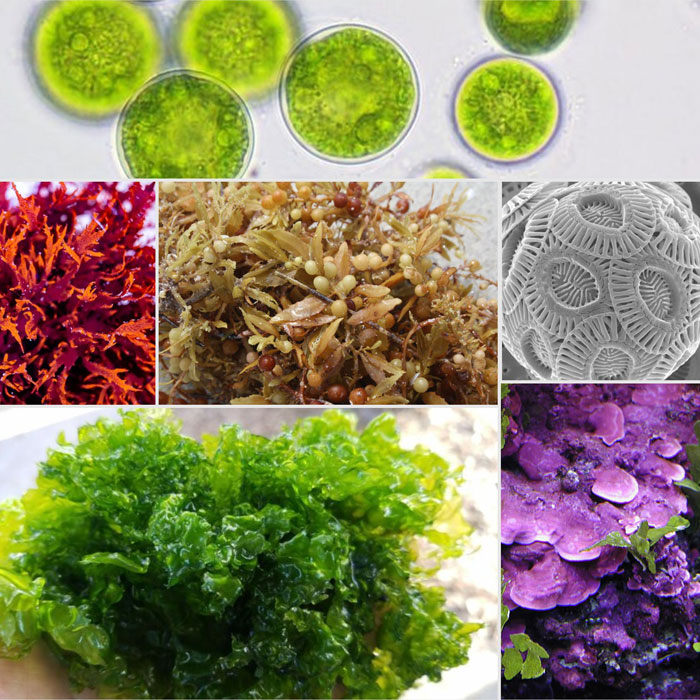How Do Algae Support Their Bodies
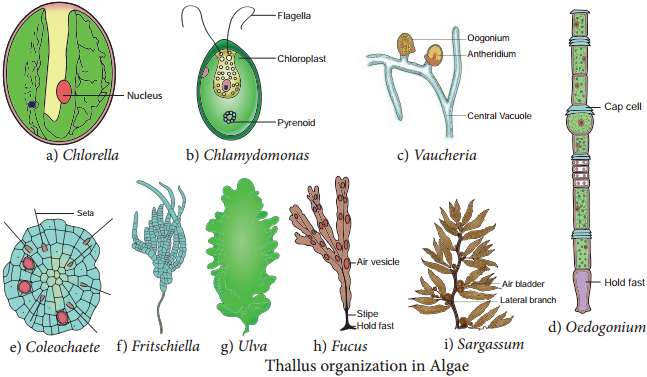
Imagine drifting in a sun-drenched sea, surrounded by emerald green forests swaying gently in the current. These aren’t trees, but vast blooms of algae, the unsung heroes of our planet. Their delicate forms, seemingly fragile, belie a remarkable suite of adaptations that allow them to thrive in diverse aquatic environments.
The story of how algae support their bodies is a fascinating blend of cellular ingenuity, environmental interaction, and evolutionary marvel. Understanding these mechanisms is crucial, not just for appreciating the complexity of these organisms, but also for recognizing their vital role in global ecosystems and potential for future innovations.
The Simple, Yet Strong Foundation
Unlike their terrestrial plant cousins, most algae lack the rigid structures of stems, branches, and roots. Their support systems are instead built upon a foundation of simpler, yet effective strategies.
One of the most fundamental aspects of algal support is the buoyancy provided by water. Algae live in aquatic environments, and the density of water helps to offset the force of gravity. This allows them to remain suspended in the water column, maximizing their access to sunlight for photosynthesis.
Many algae also have intracellular structures that aid in buoyancy. For example, some species contain gas vesicles, small air-filled sacs that decrease the overall density of the cell. These vesicles act like tiny balloons, helping the algae float near the surface where sunlight is most abundant.
Cell Walls: The First Line of Defense
The cell wall provides structural support and protection. It is the first line of defense against external forces. The composition of the cell wall varies widely among different algal groups, reflecting their diverse evolutionary histories and ecological niches.
In many green algae, the cell wall is primarily composed of cellulose, similar to the cell walls of land plants. Cellulose provides rigidity and strength. Other algae may have cell walls made of different polysaccharides, such as silica in diatoms, or calcium carbonate in coccolithophores.
Diatoms, single-celled algae found in both freshwater and marine environments, are particularly remarkable for their intricate silica cell walls, known as frustules. These frustules are composed of two overlapping halves, like a tiny pillbox, and are adorned with intricate patterns of pores and ridges.
These patterns not only provide structural support but also enhance the diatom's ability to interact with light and nutrients. After diatoms die, their silica frustules accumulate on the seafloor, forming vast deposits of diatomaceous earth, a valuable resource used in filtration, polishing, and even pest control.
The Role of Colonies and Filaments
Many algae exist as single cells, but others form colonies or filaments. These aggregations can provide additional support and protection.
Colonies can range from simple clusters of cells to complex, organized structures with specialized functions. For example, Volvox is a colonial green alga that forms spherical colonies consisting of hundreds or thousands of individual cells, each with its own flagellum.
These flagella beat in a coordinated manner, allowing the colony to swim through the water. The colony structure provides protection from predators and enhances the ability to acquire nutrients.
Filamentous algae, such as Spirogyra, form long, thread-like chains of cells. These filaments can intertwine to form mats or tangles. This provide structural support and prevent individual cells from being easily dispersed by currents.
Adaptations to Specific Environments
Algae have evolved a wide range of adaptations to thrive in specific environments. These adaptations often involve modifications to their support structures.
In turbulent environments, such as fast-flowing streams or wave-swept coastlines, algae may develop strong attachment mechanisms to anchor themselves to rocks or other substrates. Some algae secrete sticky substances that act as glue, while others have specialized holdfasts that grip tightly to surfaces.
In nutrient-poor environments, some algae have developed adaptations to maximize their surface area for nutrient absorption. This can involve forming thin, flattened blades or developing elaborate branching patterns.
For example, many seaweeds, which are large, multicellular algae, have broad, leaf-like blades that increase their surface area for photosynthesis and nutrient uptake. They also have flexible stipes (stems) that allow them to sway in the current without breaking.
The Importance of Algal Support
The ability of algae to support their bodies is not just a matter of structural integrity; it has profound implications for their ecological roles and their potential for human applications.
Algae are primary producers, meaning they form the base of many aquatic food webs. Their ability to capture sunlight and convert it into energy fuels the entire ecosystem. The structural adaptations that allow algae to thrive in diverse environments contribute to their productivity and their ability to support a wide range of organisms.
Algae also play a critical role in regulating global climate. Through photosynthesis, they absorb carbon dioxide from the atmosphere and release oxygen. They contribute significantly to the planet's oxygen production and help to mitigate the effects of climate change.
Furthermore, algae are increasingly being recognized for their potential as a sustainable source of food, fuel, and other valuable products. Algae can be used to produce biofuels, pharmaceuticals, and bioplastics. Understanding the structural properties of algae is essential for optimizing their cultivation and processing for these applications.
"Algae represent a vast and largely untapped resource," says Dr. Emily Carter, a leading researcher in algal biotechnology. "By studying their unique adaptations and support mechanisms, we can unlock their full potential and develop innovative solutions to some of the world's most pressing challenges."
Looking Ahead
The study of algal support is an ongoing endeavor, with new discoveries being made all the time. As our understanding of these organisms deepens, we are gaining new insights into their evolutionary history, their ecological roles, and their potential for human benefit.
Advances in microscopy, molecular biology, and materials science are providing new tools for investigating the structural properties of algae at the nanoscale. Researchers are using these tools to study the composition and organization of algal cell walls, the mechanics of algal filaments, and the dynamics of algal colonies.
This research is not only expanding our knowledge of algae but also inspiring new approaches to materials design and engineering. The intricate structures and self-assembly mechanisms found in algae are providing inspiration for the development of new materials with unique properties, such as high strength, lightweight, and biodegradability.
As we continue to explore the world of algae, we are likely to uncover even more surprising and remarkable adaptations. These discoveries will not only deepen our appreciation for the diversity and ingenuity of life on Earth but also provide new opportunities to harness the power of algae for the benefit of humankind.
From the microscopic diatoms with their silica shells to the giant kelp forests that sway in the ocean currents, algae have mastered the art of supporting their bodies in a watery world. Their success is a testament to the power of evolution and a reminder of the interconnectedness of all life on our planet. Let's continue to learn from these fascinating organisms and work towards a future where algae play an even greater role in creating a sustainable and healthy world.


